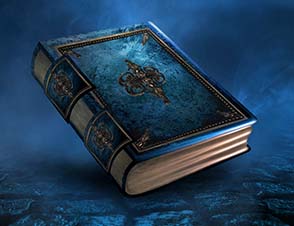Regionals Decklist Dossier: The Good
Warning: the article you’re about to read contains lists. It contains a lot of lists. Lists of cards that go in things called “decks” to play a game called “Magic: The Gathering.” If you do not seek lists, then I advise you to look elsewhere.



